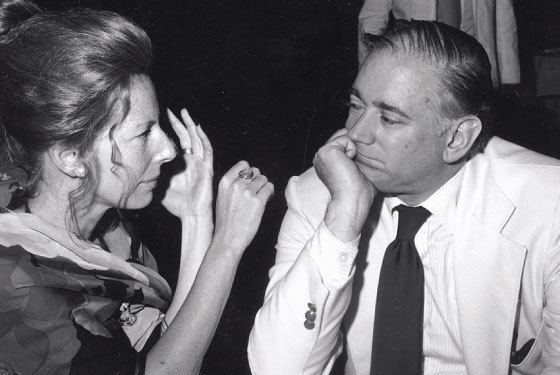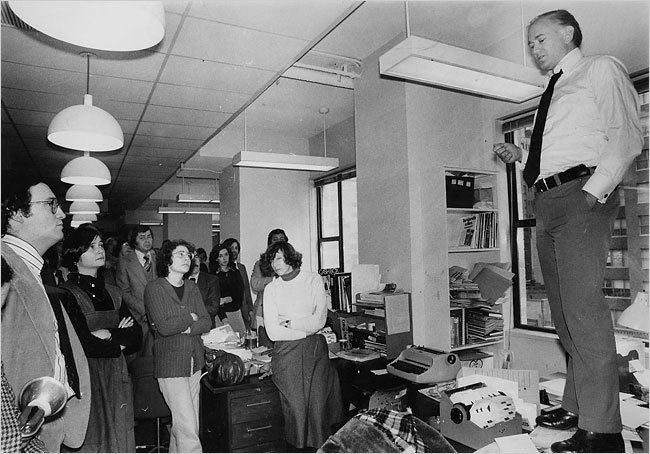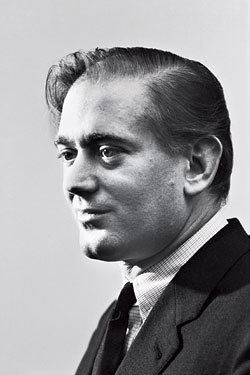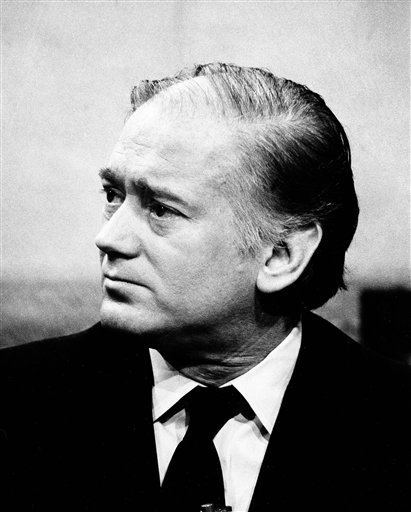Cause of death Throat cancer Role Editor | Name Clay Felker Occupation Journalist, editor Parents Cora Tyree, Carl Felker | |
 | ||
Full Name Clay Schuette Felker Board member of Duke Magazine Editorial Board Similar People Gail Sheehy, Pamela Tiffin, Echo Danon | ||
13 gail sheehy and dr sean morrison speak about clay felker s last days
Clay Schuette Felker (October 2, 1925 – July 1, 2008) was an American magazine editor and journalist who founded New York Magazine in 1968. He was known for bringing large numbers of journalists into the profession. The New York Times wrote in 1995, "Few journalists have left a more enduring imprint on late 20th-century journalism—an imprint that was unabashedly mimicked even as it was being mocked—than Clay Felker."
Contents
- 13 gail sheehy and dr sean morrison speak about clay felker s last days
- How new york magazine founder clay felker mentors writer
- Birth and education
- Career
- Marriages
- Death
- Tributes
- Criticism
- References

How new york magazine founder clay felker mentors writer
Birth and education

He was born in 1925 in Webster Groves, Missouri, the son of Carl Felker, an editor of The Sporting News, and his wife, the former Cora Tyree, the former women's editor of the St. Louis Post-Dispatch. Both of Clay's parents along with a grandfather and a grandmother graduated from the University of Missouri School of Journalism. He had one sibling, Charlotte. Felker's grandfather, Henry Clay Felker, of German aristocratic origins, fled Germany after the 1848 Conservative takeover. The family surname was originally von Fredrikstein.
Felker attended Duke University, where he first became interested in journalism and edited the student newspaper, The Duke Chronicle. He left school in 1943 to join the Navy, but returned to the school to graduate in 1951. In 1983, he founded the Editorial Board for the alumni publication Duke Magazine. Duke awarded Felker an honorary degree in 1998, as well as the Futrell Award for Excellence in Communications and Journalism. Duke Magazine created the staff position of Clay Felker Fellow for "an aspiring journalist with unusual promise."
Career

After graduation, Felker worked as a sportswriter for Life Magazine. He turned an article he wrote about Casey Stengel into a 1961 book, Casey Stengel's Secret. He was on the development team for Sports Illustrated and was features editor for Esquire. He later worked for TIME.
Felker gave Gloria Steinem what she later called her first "serious assignment," regarding contraception; he didn't like her first draft and had her re-write the article. Her resulting 1962 article about the way in which women are forced to choose between a career and marriage preceded Betty Friedan's book The Feminine Mystique by one year. She joined the founding staff of Felker's New York and became politically active in the feminist movement. Felker funded the first issue of Ms. Magazine.
After losing a battle for Esquire editorship to Harold Hayes, Felker left to join The New York Herald Tribune in 1962. He revamped a Sunday section into New York and hired writers such as Tom Wolfe and Jimmy Breslin; the section became the "hottest Sunday read in town."
A long-time friend of Tom Wolfe, Felker was one of the early proponents of New Journalism and key to its emergence. The New York Herald Tribune closed its doors in 1966 and Felker later, in 1968, reconstituted the Sunday section as New York Magazine. After founding New York Magazine in 1968, one of his first features was Wolfe's coverage of Ken Kesey and his Merry Pranksters, a story Wolfe later expanded into his non-fiction novel The Electric Kool-Aid Acid Test. New York became one of the most imitated magazines of its time, both from a design perspective and in the way it combined service and life-style articles. "He had the crass but revolutionary (revolutionary in the sense that it overthrew generations of class conceits) notion that you are what you buy. He sniffed the great consumer revolution with its social, political, and aesthetic implications. And New York Magazine became the first magazine to spell out where to get the goods (and at the best price)," wrote Michael Wolff about Felker in New York's 35th Anniversary issue.
Felker became editor-in-chief and publisher of The Village Voice in 1974 and resigned from New York following its hostile takeover by Rupert Murdoch in 1976. He then bought Esquire in 1977 but sold it in 1979.
In 1994, Felker became a lecturer at the Graduate School of Journalism at the University of California, Berkeley, teaching a course called "How to Make a Magazine" at the Felker Magazine Center, named in his honor and of which he became director. Felker's stylish but detached role as the founder and editor of New York magazine led some observers to compare him with another American mid-Westerner that went east—albeit a fictional one, Scott Fitzgerald's Jay Gatsby.
Marriages
Felker was married three times:
Death
He died on July 1, 2008 in Manhattan from what his wife, Gail Sheehy, described as "natural causes", following a long battle with throat cancer.
Tributes
Tom Wolfe said: “He ranks with Henry Luce of Time, Harold Ross of the New Yorker and Jann Wenner of Rolling Stone in that these are all people that brought out magazines that had a new take on life in America.”
The current editor-in-chief of New York, Adam Moss, wrote after Felker's death: “American journalism would not be what it is today without Clay Felker. He created a kind of magazine that had never been seen before, told a kind of story that had never been told."
Criticism
In Felker's later years, Spy Magazine portrayed Felker as out of touch with his former milieu and in charge of a series of money-losing journalistic enterprises.
